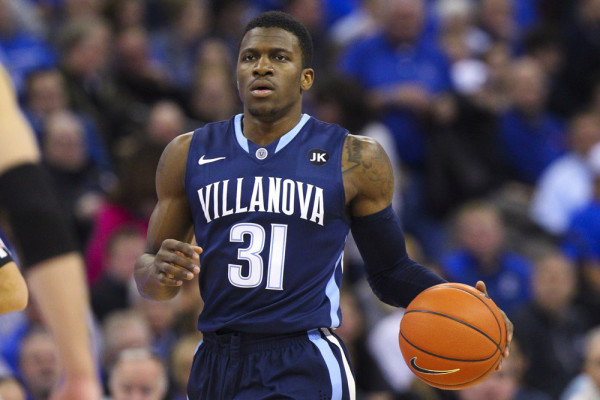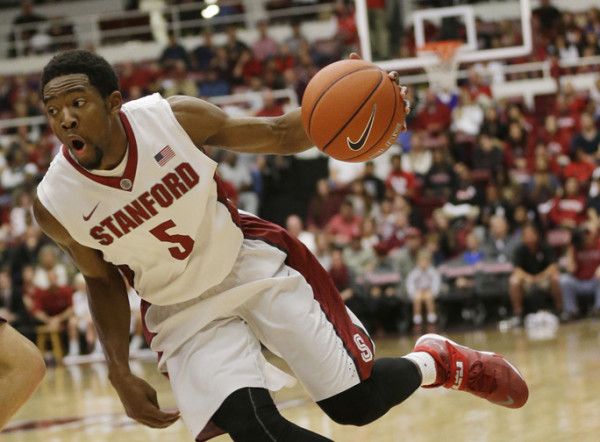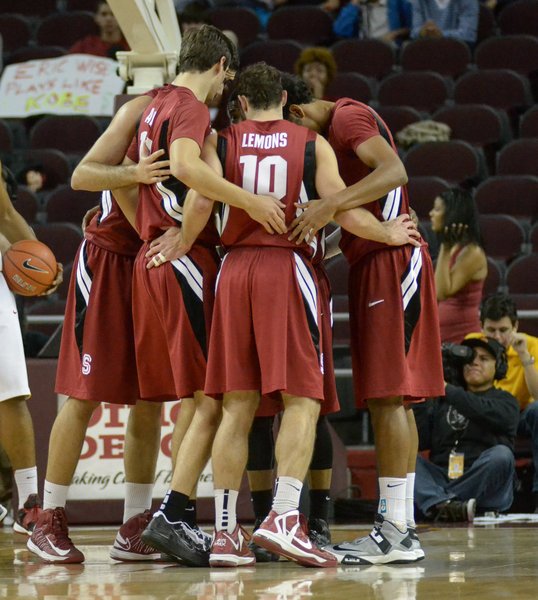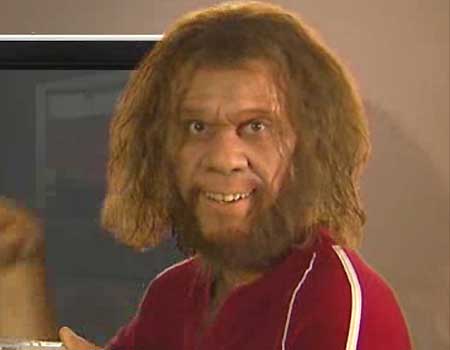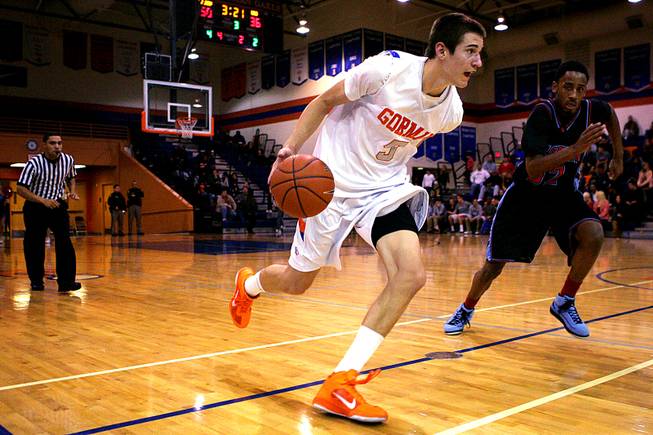Pac-12 Notebook: A Stroll Around the League
Posted by Andrew Murawa (@Amurawa) on December 16th, 2015Every week I check in with the Mountain West by writing a little blurb about each team. I like that format because it provides a chance to follow the development of all the league’s teams and focus in on little things that may not be worthy of a longer post. Some teams may get a few hundred words one week while other teams just get a sentence or two, but it highlights the important things. We’re going to bring that format to the Pac 12, beginning right now. We might as well throw in some power rankings while we’re at it, so let’s check in with the league in order of how these teams rate at this point. Let’s get to it.

Jordan Bell Is Back For The Ducks, But They’re Still A Long Way From Healthy. (AP Photo/Nati Harnik)
- Oregon – Yes, the Ducks are coming off two losses in their last four games. But I’ve had Dana Altman’s team as the best team in the conference since the middle of the summer and, even playing shorthanded, they’ve done nothing to dissuade me of that so far. Sophomore center Jordan Bell made his season debut Saturday night at Boise State and he looked healthy following surgery over the offseason to repair a broken foot. He ran the court hard, and played big in chasing rebounds and blocked shots. He didn’t appear to be favoring that foot at all. In 17 minutes, he blocked a couple shots, grabbed seven boards and even handed out four assists. Last night against UC Irvine, he was even better with 12 points and three steals. Encouraging debut aside, it is going to take him some time to get back into game shape and to get comfortable with his new teammates. He still also hasn’t played a minute with Tyler Dorsey (out following a knee sprain against UNLV) or Dylan Ennis (still sidelined with a foot injury). This Oregon team remains one that may not reach full strength until mid-February, something that isn’t a problem in a sport that so values March.






























